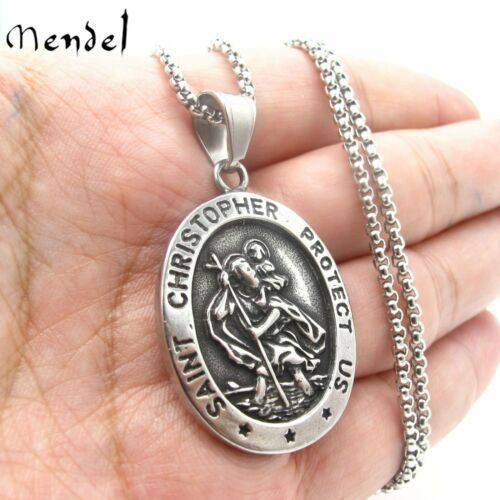-40%
200 Bonfimlets The original wish bracelets from Salvador, Bahia promotion
$ 50.15
- Description
- Size Guide
Description
Senhor do Bonfim RibbonsThe original Bonfimlets
brazilian wish bracelets
Tracking number included
(Atention: The Bonfimlets cards are not included)
The three wishes
In popular tradition, the Senhor do Bonfin´s ribbon is wrapped around the wrist and secured with three knots.
Each node follows a request made mentally, and that must be kept secret until the tape breaks for wear and tear.
This is the Senhor do Bonfim´s Church, where
the tapes were, blessed.
Atention, the bonfimlets are not included the cards
Senhor do Bonfim wrist ribbons, known as
fitas
, are an institution in the northeastern Brazilian state of Bahia. Senhor do Bonfim, for the uninitiated, means Our Lord of a Good End, which is one way that
Baianas
refer to Jesus. Hardly a tourist can resist purchasing at least one of the colorful ribbons.
An enormous number of
fitas
are distributed in the historic Pelourinho district of Brazil's first capital, Salvador, where African slaves were once sold at auction. Countless more are sold at fairs and bazaars throughout the country. But the celebrated souvenir bears little resemblance to the original. Created in 1809,
fitas
had all but disappeared by the middle of the century. Now they've reemerged, albeit in a different guise.
The Measure of Bonfim
The original
fita
was known as "
the measure of Bonfim
", a name it acquired because its size corresponded to the length of the right arm on a statue of Christ on the high-alter of Bahia's most famous church, Senhor do Bonfim.
Although the likeness was sculpted in Setúbal, Portugal, in the 18
th
century, the first
fita
—as previously noted—was only produced in the following century. The true 19
th
century
fitas
were fashioned from a piece of silk and finished with permanent ink or silver. Their design included the name of a saint in lettering that was embroidered by hand.
These first fitas were worn on the neck as a collar, upon which were hung medallions and holy images. In contrast to the modern day
fita
the "
measure
" was used as much to reflect change as to (hopefully) facilitate it. The faithful adorned them with small images and/or little wax sculptures of body parts believed to have been cured with the help of a saint. These opportunities to be remembered were purchases that supported, as well as symbolized, the Catholic Church.
The New
Fita
The common
fita
of today is not made of silk, comes in many colors and is tied around the (left usually) wrist rather than around the neck. Its primary function is to petition for future miracles—large or small—rather than to remind anyone of previous such interventions. The modern-day fita is also purchased and worn to promote Brazilian pride and/or simply as a souvenir.
Multiple chances for a miracle, or chances for multiple miracles, are obtained as the purchaser makes a wish each time one of three knots are tied to secure the
fita
around the wrist. But the wearer is advised that no wish can be granted unless the cloth is permitted to wear until it tears naturally and falls from the wrist of its accord
.









